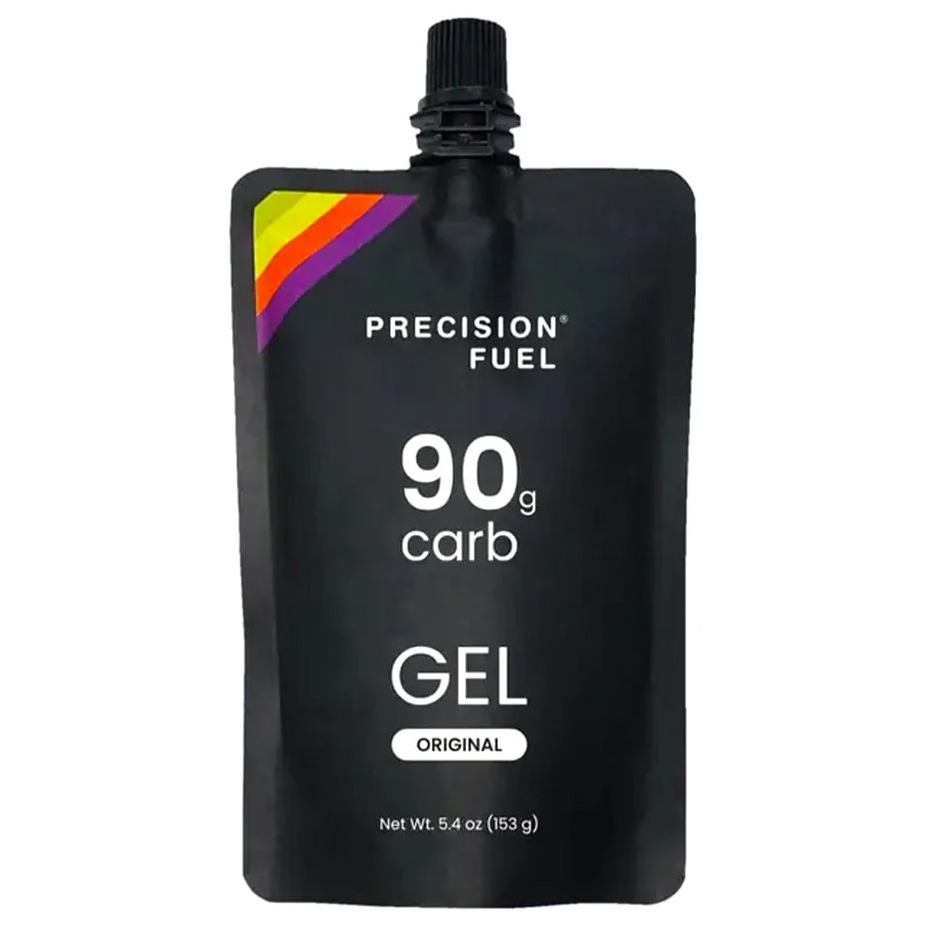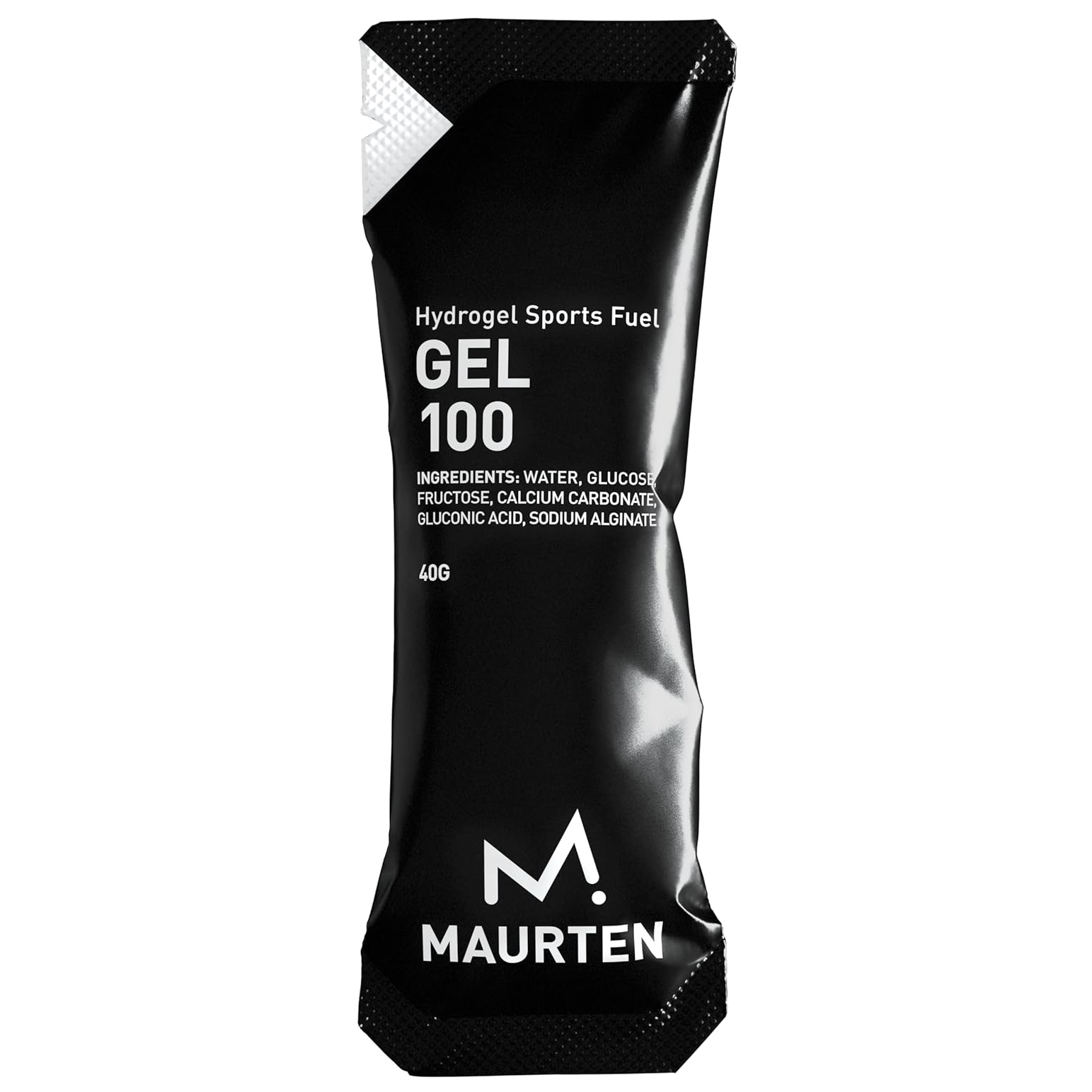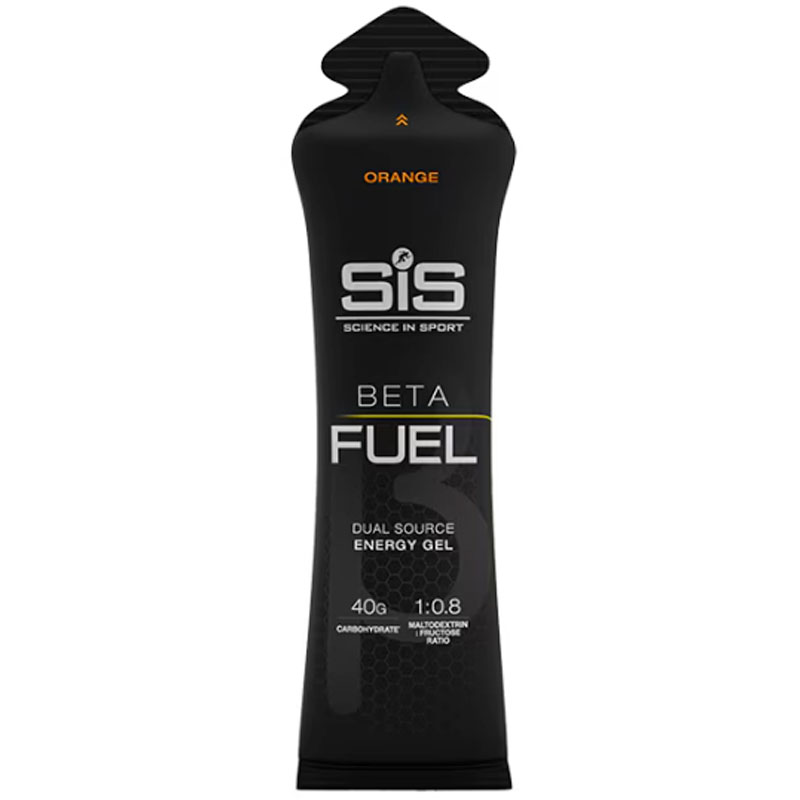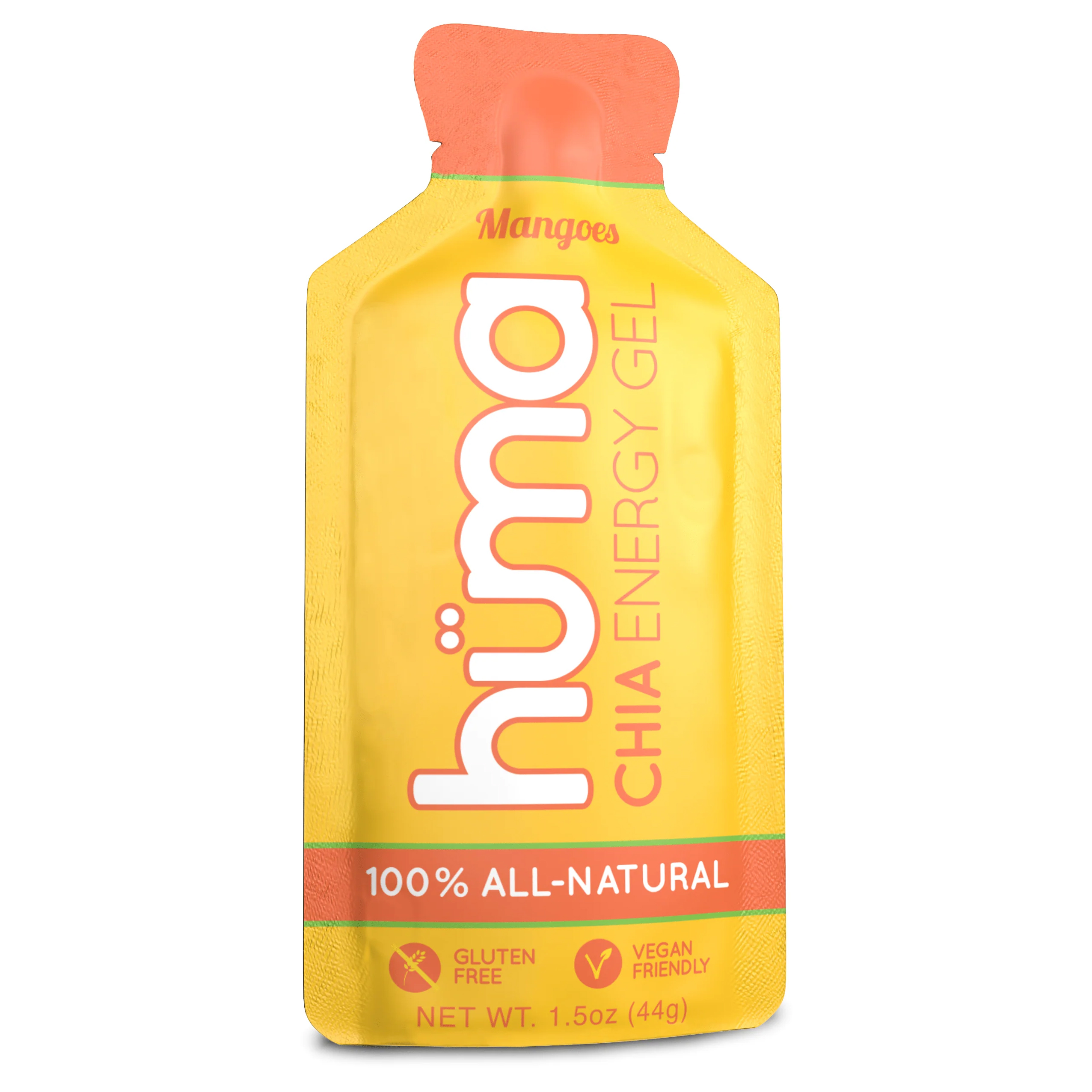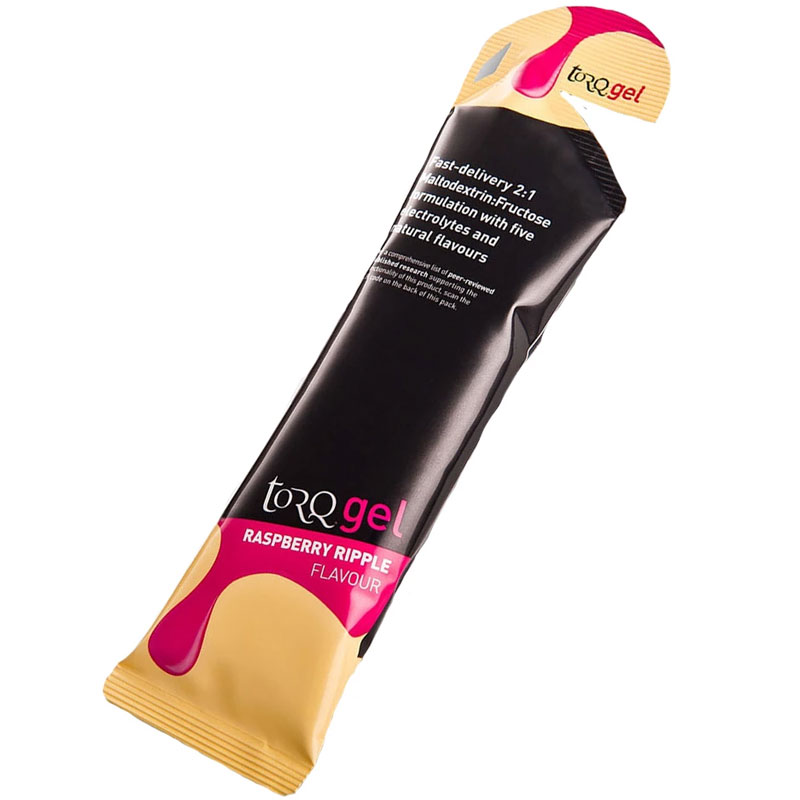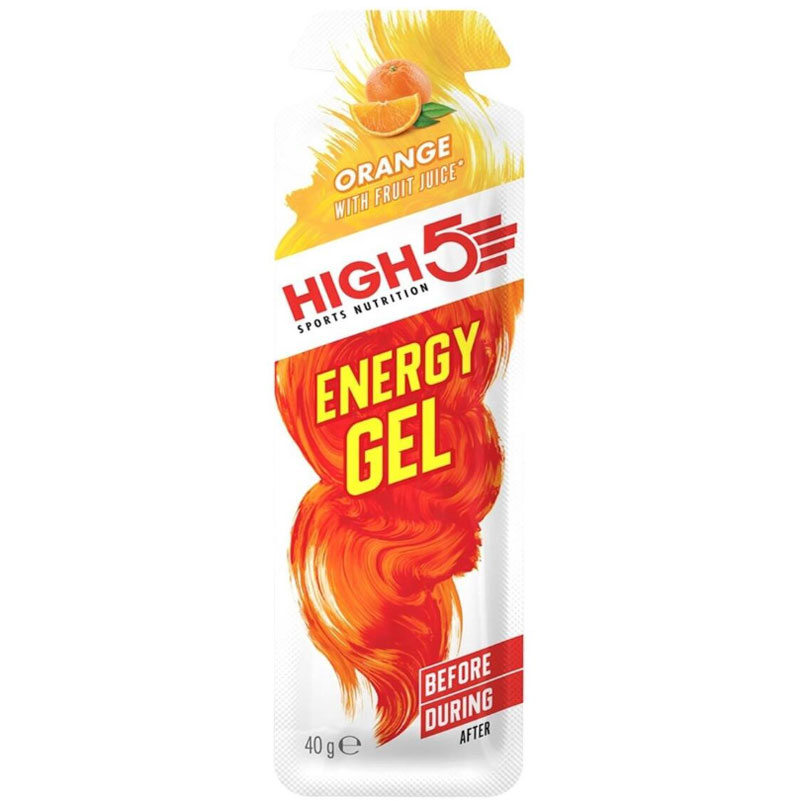Best energy gels for cycling 2025: all taste tested and rated
Energy gels shouldn't just be for a quick boost, they should be palatable and kind on your stomach - tested and rated, the best energy gels for flavour, performance and usability
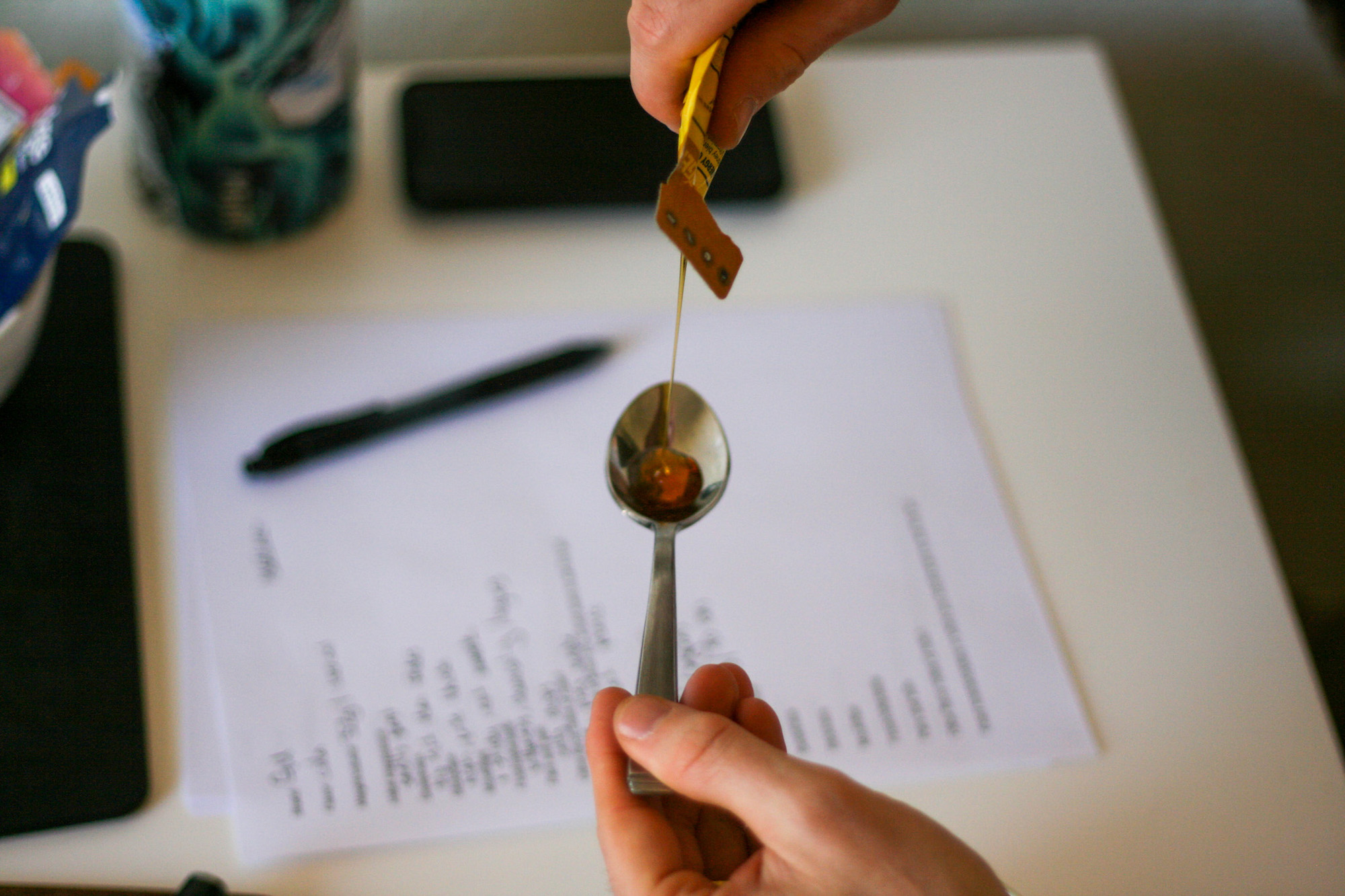
Tyler Boucher
Running out of energy during a ride or a race because you haven’t eaten properly is easily done. Even if you don’t completely bonk, if you’ve neglected to take on sufficient fuel, your performance levels will suffer. Eating and drinking little and often is your best defence. But what happens if you’re competing in an event such as a road race or time trial, where chewing anything more than the metaphorical handlebars can become a chore? That’s when the best energy gels for cycling come into their own.
In essence, the best energy gels provide a carb-heavy calorie kick designed to be quickly absorbed into the bloodstream. These sachets of gloopy paste are ideal when you need a quick hit or can no longer chew away on one of the best energy bars for cycling.
Thanks to their small size, they can also be handy on longer rides and easily stored in a jersey pocket. Despite recipes and formulas like the Mautren 100 and Precision Fuel PF90, which help alleviate digestive distress, if you’re not racing or competing, we’d suggest opting for normal food where possible.
This guide features nine gels rated highly by our team, of which many featured in our recent Ultimate 21 gel taste test, where Cycling Weekly contributor Tyler Boucher put his stomach on the line, so you don't have to. Tyler, where possible, selected the two most intriguing flavours from each brand using an apple as a palate cleanser in between. Each one was tested based on flavour, stickiness, mouthfeel, sweetness, and aftertaste.
The Quick List
Best Energy Gels for Cycling - Tested & Rated
Precision Fuel PF90 Gel
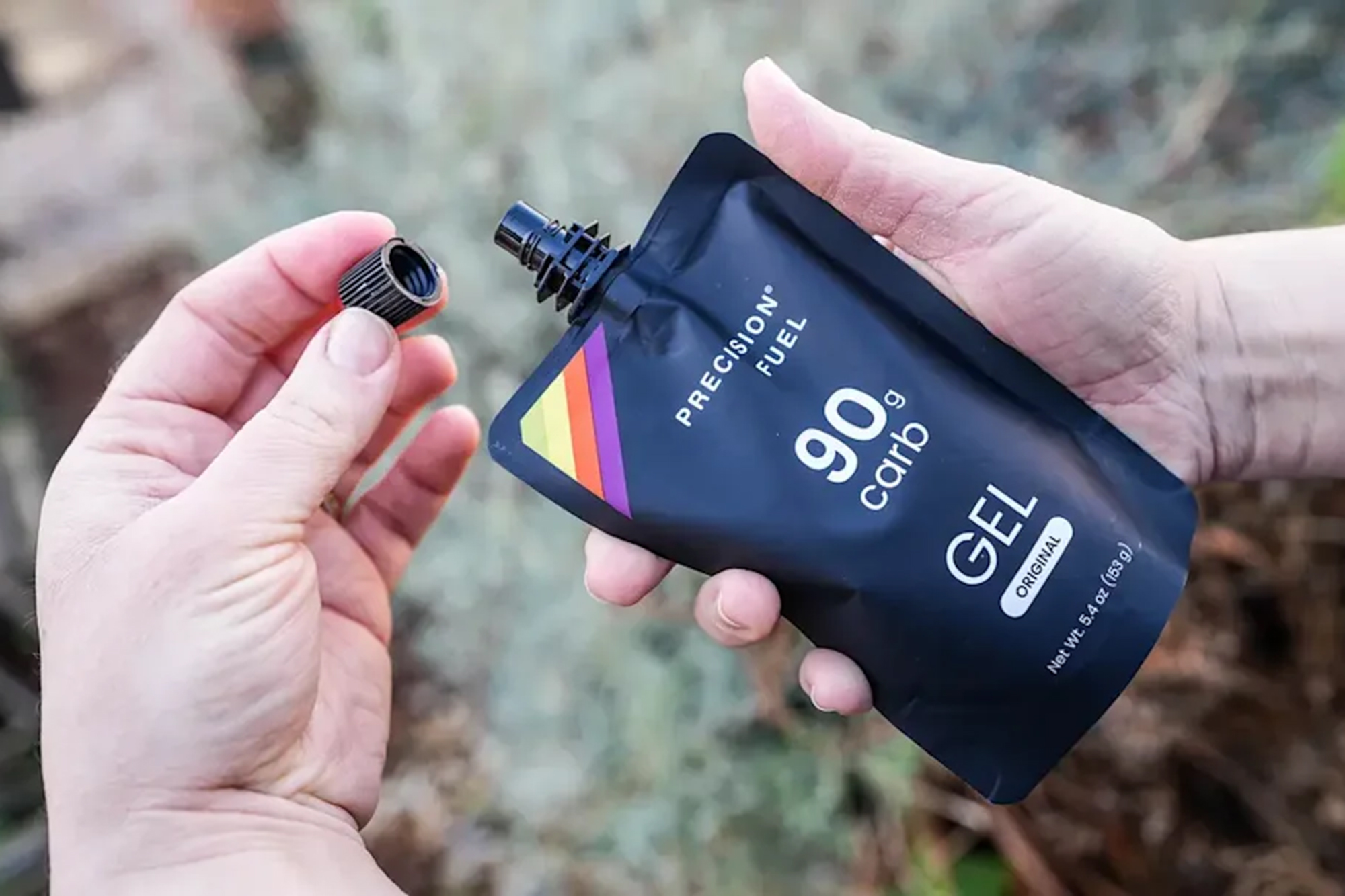
1. Precision Fuel PF90
Our expert review:
Specifications
Reasons to buy
Reasons to avoid
Let's start with the flavour. When I researched the Precision Fuel PF90, I found only “Original” with no further information on its meaning. According to Precision Fuel, this is a “mild and neutral flavour to help reduce fatigue”. Well, I am still none the wiser; however, after my taste test, I would liken it to a mild chamomile tea. It is not overly sweet or sticky, which is nice, and like the Maurten, it has a little body to it, which makes it fairly palatable.
Despite looking like a fancy suncream (don’t get them confused, this won’t protect your skin), the PF90 packs a lot of carbs into its 153-gram packet. Depending on your fueling strategy and whether you can stomach 60-90 carbs per hour, regardless, it just means you need to carry fewer gels. For those on 60 grams, it means one PF90 every one and a half hours; for those on 90 grams, it's one per hour. Compare that to something like the SIS, where you are consuming 3 per hour and having to open a new one each time. It just means with the PF90, you can spread it out at your own pace, not feel the need to chug it.
Maurten 100 Gel
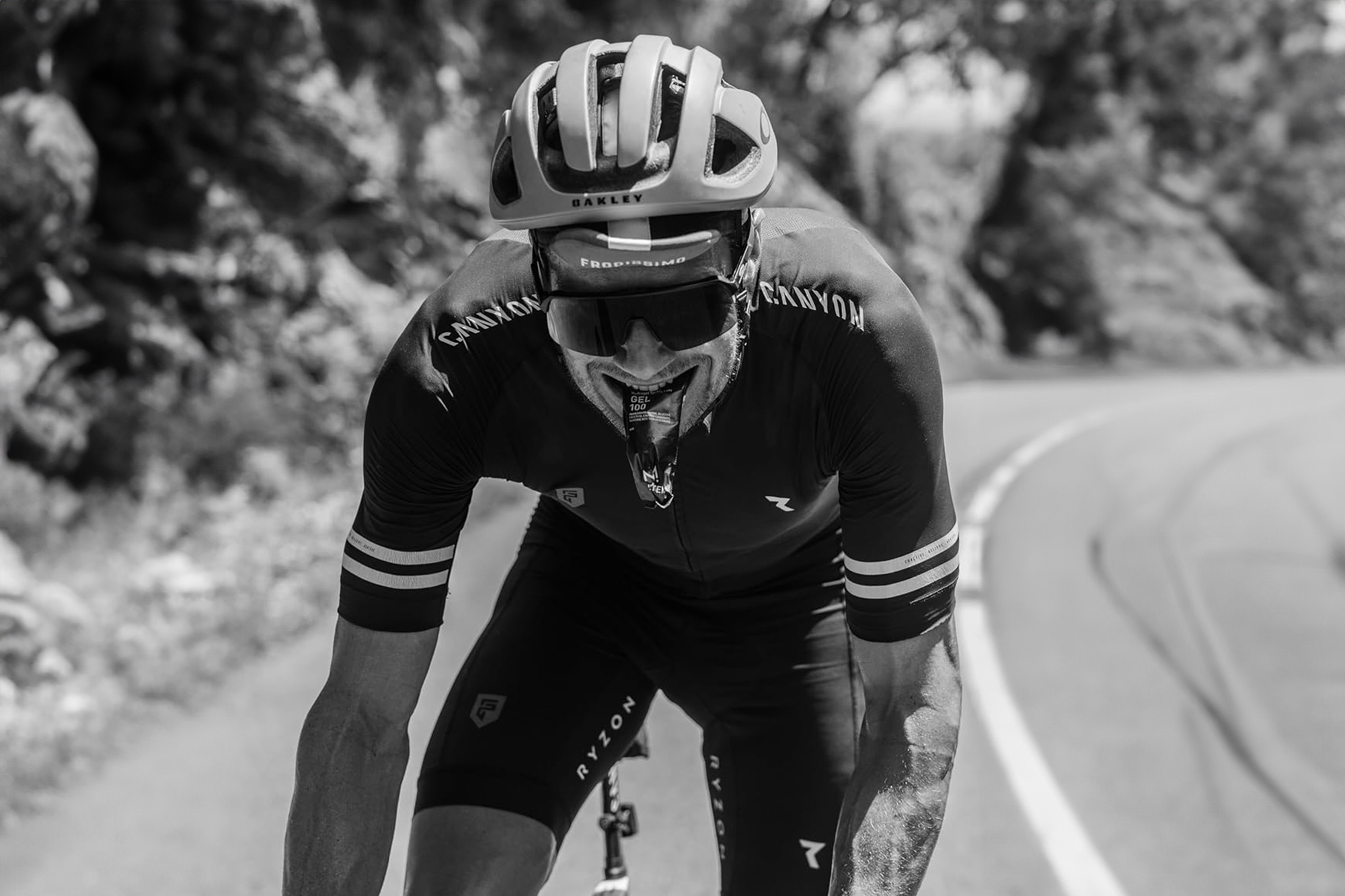
2. Maurten 100 Gel
Our expert review:
Specifications
Reasons to buy
Reasons to avoid
Maurten 100 gels are comparable to many of the other products on test in terms of calories and weight. At just 100 Kcal per 40-gram sachet, they still pack a reasonable amount of carbs at 25 grams.
The consistency of these vegan/vegetarian-friendly gels took me by surprise a little. We all think of gels as gloopy, sticky, and thick, but Maurten 100 gels have a near-jelly-like consistency. There are even marketing images on the Maurten site to suggest that even without a packet, it would hold together; I didn’t risk attempting this. What delighted me even more was that I really liked this texture, and despite them having zero flavour, they are sweet and wonderfully chewy.
Maurten also offers a 160 Kcal version, which packs 40 grams of carbs, and one with caffeine for those needing an extra pick-me-up. All the options use a 0.8:1 ratio of fructose and glucose, which should help to maximise carb intake and minimise gut issues.
SIS Beta Fuel Gel
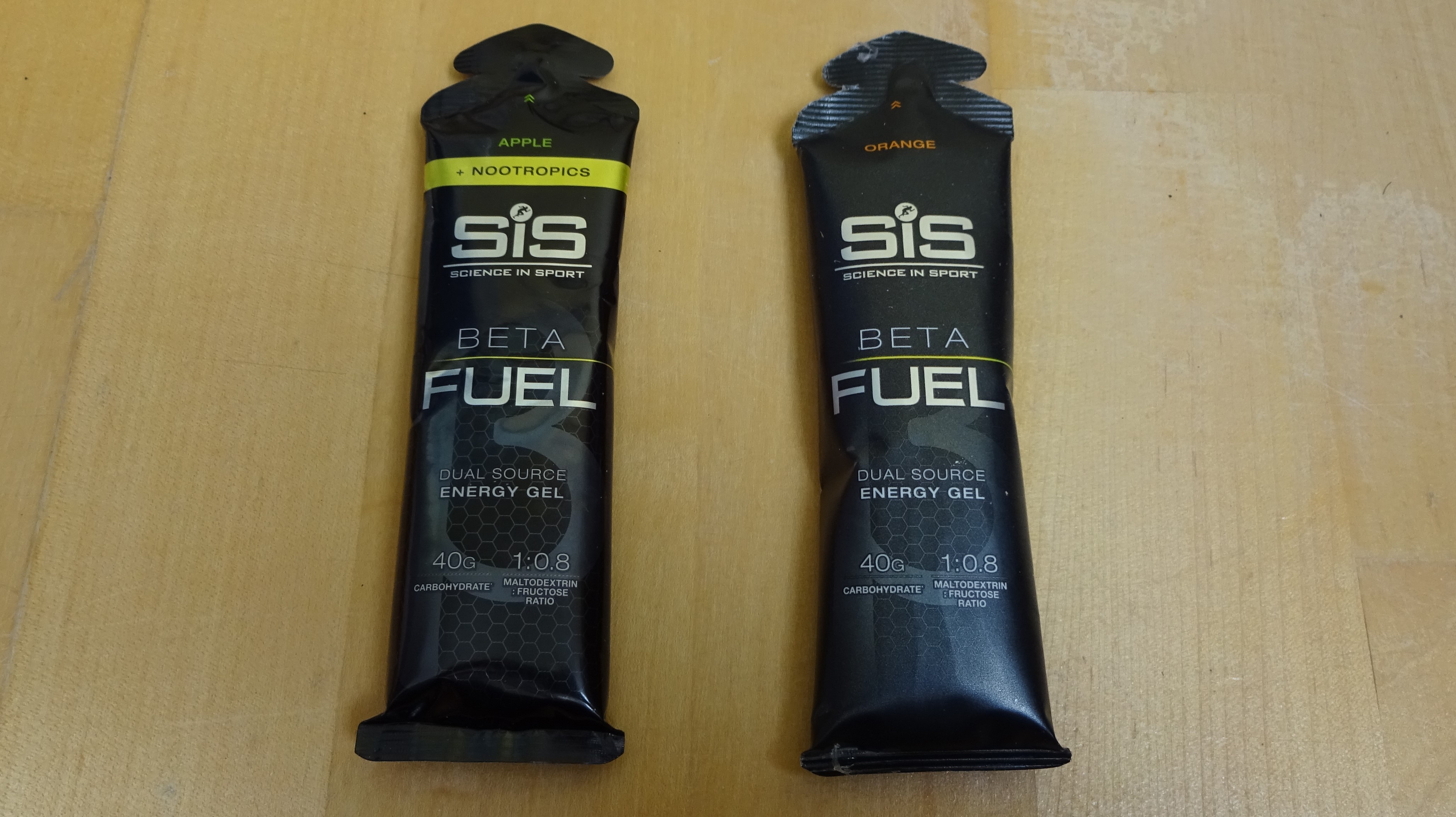
3. SiS Beta Fuel gel
Our expert review:
Specifications
Reasons to buy
Reasons to avoid
Alongside its longstanding Go gels, SiS Beta Fuel gels up the volume of carbohydrates to 40g per sachet from 22g. The big difference is they now feature a mix of 1:0.8 ratio maltodextrin to fructose, opposed to the Go’s glucose-only recipe. The calorie count is significantly higher than that of many featured in this guide due to the extra carbs, which amount to 158kcal. However, this SiS claim should help prevent gastric discomfort associated with this increased intake.
As you'd expect with a high-carbohydrate-content gel, I found the Beta Fuel gels to be quite thick, and found myself reaching for my water bottle after intake.
SiS sells the Beta Fuel gel in two flavours: orange and strawberry/lime. There are also apple and lemon/lime flavours with nootropics, which include caffeine and taurine and are claimed to help maintain cognitive function, while avoiding the jitters that caffeine can produce on its own.
Hüma Chia Energy Gels
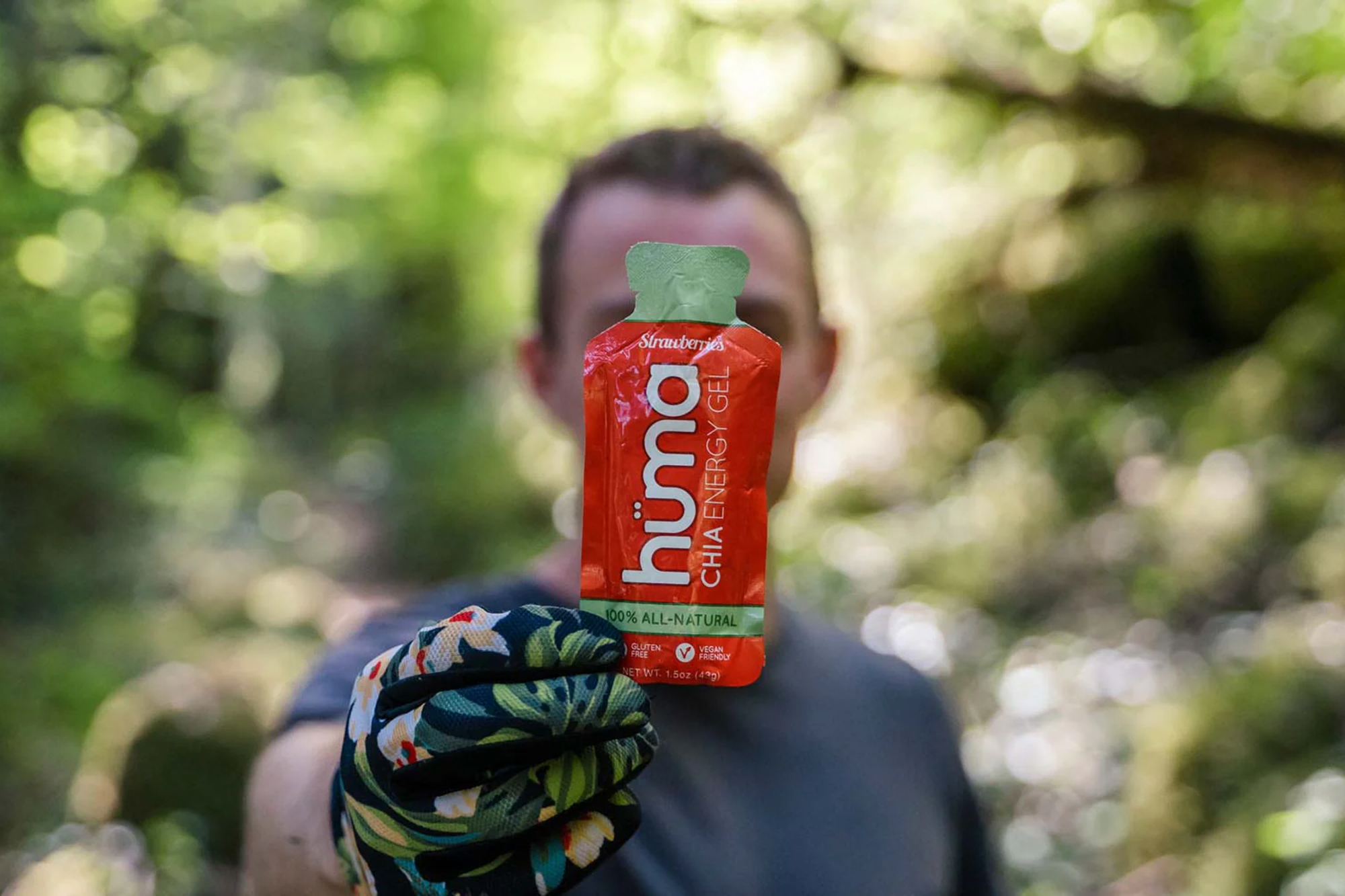
4. Hüma Chia Energy Gel
Our expert review:
Specifications
Reasons to buy
Reasons to avoid
Hüma energy gels are very similar to that of the Spring Energy offering, in terms of using real ingredients in the recipe to achieve a lower impact on your stomach. Hüma go as far as saying “You don't need a PhD to pronounce the ingredients in Hüma Gel”. Given all that is in them is fruit puree, Chia seeds and brown rice syrup, they aren’t wrong there.
Even with this simple recipe, they manage to achieve a 24g carb load in a 42g pocket, along with that all-important glucose and fructose mix, which for Hüma is a 2:1 ratio.
The flavour you choose determines the consistency, so it might be worth giving a few a try to find the ones you prefer. For example, the flavours I tried, the Mangoes were chunky, and a little like chutney, with a bit of stickiness; while the Blueberries (I appreciated Hüma’s use of plurals to emphasise the volume of fruit in their gels) were more like a thick syrup, smooth and not at all sticky. Both are very sweet, though, which might be due to their natural sweetness rather than the recipe.
Torq Energy gel
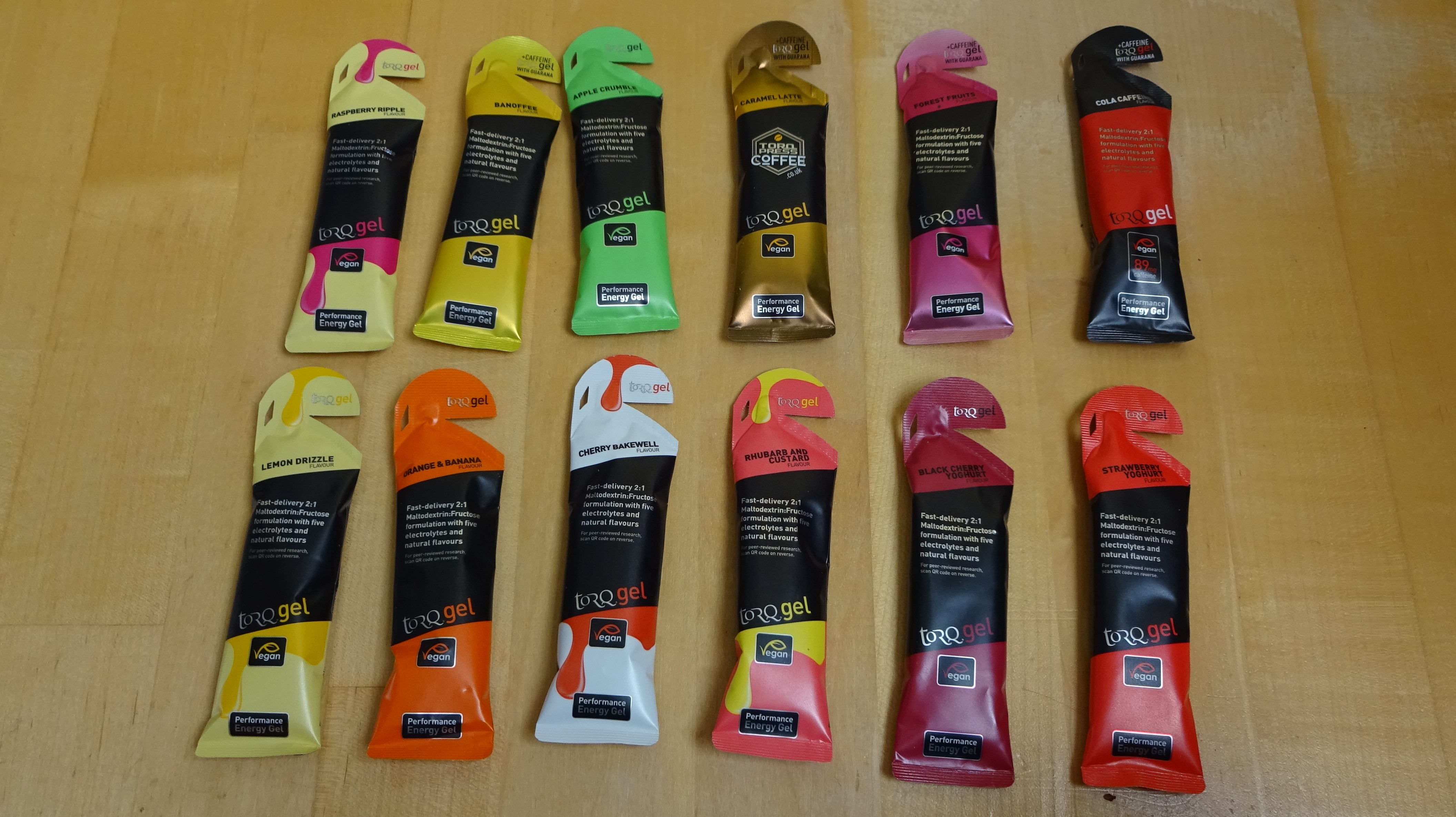
5. Torq Energy Gel
Our expert review:
Specifications
Reasons to buy
Reasons to avoid
Torq gel flavours read more like the option at the cafe stop, then a range of energy products, with classics like Lemon Drizzle, Apple Crumble, alongside Cherry Bakewell and Rhubarb & Custard. While these will likely make most Brits salivate, I am not sure they translate so well across the pond.
Moving on to the recipe, Torq uses a maltodextrin-to-fructose mix, choosing a 2:1 ratio to improve absorption and potentially avoid gastrointestinal issues. Each sachet delivers 114 calories and 30g of carbs per 45g serving. You also get five key electrolytes: sodium, chloride, magnesium, potassium and calcium.
The consistency actually listed by Torq claims they are 'wet'. Even still, it recommends that the gels be used in conjunction with its energy drinks. Honestly, during my testing of all 12 flavours, I found it wasn’t the consistency so much as the strength of the flavours; they really pack a punch, and that had me reaching for the bottle afterwards. If you prefer a gel that is a little easier on the taste buds, maybe the Maurten or Spring Energy might be a wiser choice.
Aside from this, the only standout from the others is that Torq designs its packaging so that the tab stays attached to the gel, which is always useful.
High5 Energy Gels
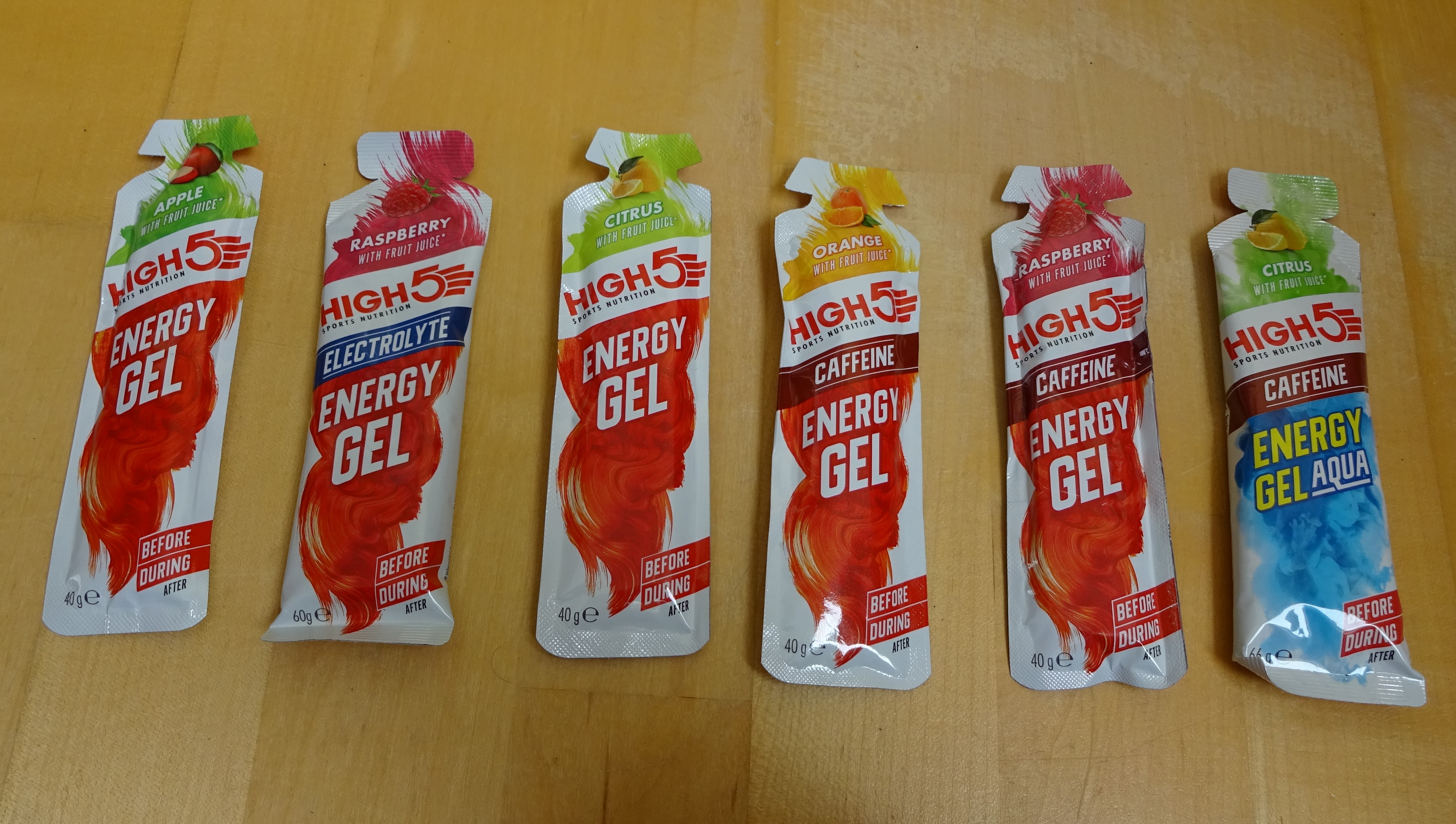
6. High5 Energy Gel
Our expert review:
Specifications
Reasons to buy
Reasons to avoid
The High5 energy gel comes in 40g sachets, with each containing 23g of carbs. Some gels aren't that palatable due to their consistency and taste. High5 has sought to address both these issues by opting for a light consistency that's designed to go down smoothly, combined with the use of real fruit juices for improved taste. Which I agree works well. Flavour was what I'd call authentic across the board, and High5 has managed to avoid them being too sweet.
High5 are one of the few to offer a full gel packet recycling service, regardless of if you order from them directly or elsewhere (the difference is direct, you get a prepaid envelope to return your packets, versus having to post them at your own expense if you don’t) however, that it is undoubtedly a much bigger step than other take and a step that should see less gel packets strown by the side of the road or trail.
Alongside its standard gels, which I have reviewed here, High5 makes gels with caffeine, gels with electrolytes, gels with slow-release carbs and the Energy Gel Aqua, which is designed to avoid the need for extra water to wash it down.
Spring Energy Gel
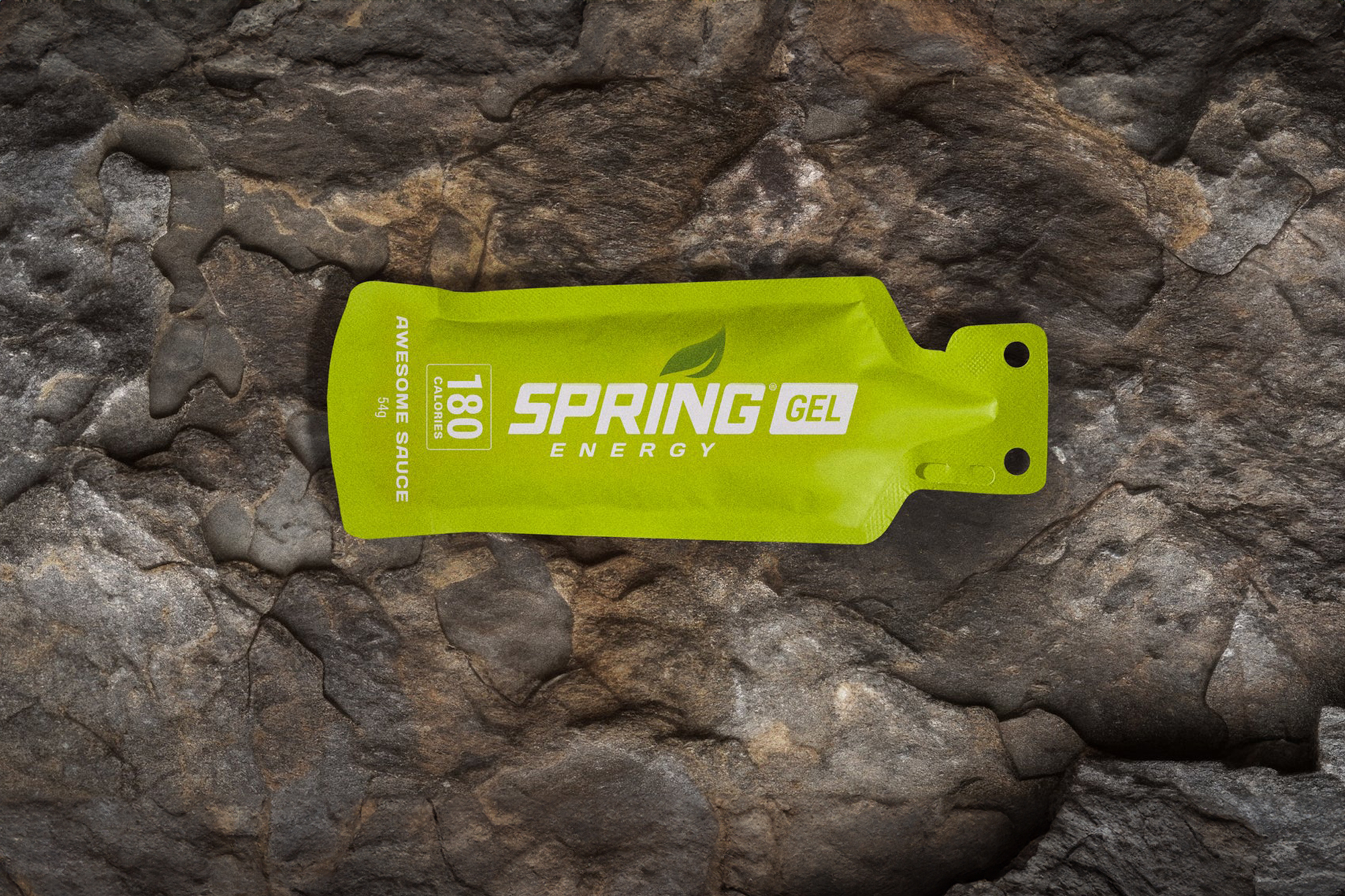
7. Spring Energy Gel
Our expert review:
Specifications
Reasons to buy
Reasons to avoid
Spring energy is very much on the ‘real-food’ end of the spectrum, even claiming their gels can make for a tasty and healthy everyday snack outside of sport. What this results in is a much weaker flavour, which isn't necessarily a negative and, in my experience, much kinder on the stomach.
Because of this focus on using real ingredients, the resulting texture is reasonably thin and not sticky; however, the Chocolate Heaven was a little gritty. This is clearly a consequence of those ingredient choices, and while it was initially off-putting due to its thinness, I eventually got used to it.
Aside from the focus on a more palatable product, nothing really stands out in the makeup of the Spring Energy gels; they have a reasonably low carb number, and calorie counts depend on the flavour. For those who struggle with stomach upset, these might be a good place to start.
GU Energy Labs Gel
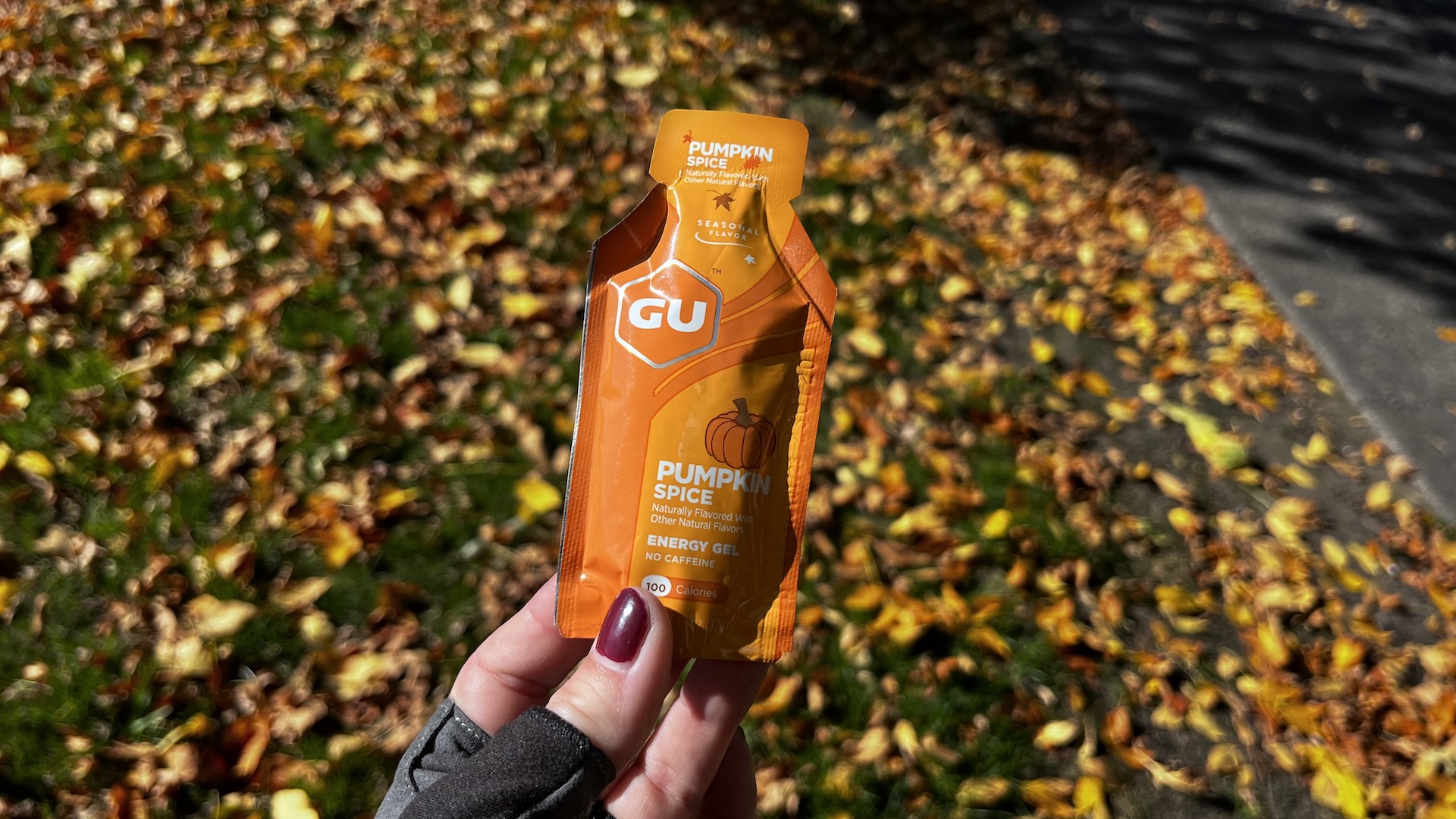
8. Gu Energy Labs Gel
Our expert review:
Specifications
Reasons to buy
Reasons to avoid
I learned that with most of the gels on test, not to look at the consistency before trying them. This was most relevant to my experience with the GU Energy Labs, as I felt like I was putting a two-part epoxy in my mouth, worried the entire time my jaw might suddenly freeze up; not at all helped by their extreme stickiness and high viscosity.
Consistency aside, the two flavours I tried from Gu couldn’t have been more different on the flavour spectrum; the Cola Me Happy is refreshing and ideal on a warm day, whereas the Campfire S’Mores would feel like a treat on a wet and cold Pacific Northwest morning. What was consistent across both was the artificial nature of the flavours, slightly chemically in the case of the cola, both are very sweet and almost chewable.
When it comes to their ingredients, the GU labs tick a lot of boxes; they pack the same 22-gram volume of carb content as the SIS Go, but in a packet half the size. They also outperform SIS in using a maltodextrin & fructose mix to deliver those carbs. While these weren’t my favourite on test, I applaud GU for trying something different and offering some variety outside of citrusy, fruity flavourings.
SIS Go Isotonic Gel

9. SIS Go Isotonic
Our expert review:
Specifications
Reasons to buy
Reasons to avoid
SIS may be because they have been the most widely available over the years, almost epitomises “The gel texture”; Thick, runny and sticky. While I only tested Apple and Tutti Fruity flavours for this test, I have in the past had other GO Isotonic flavours, and my conclusion is that they all have a very intense flavour with a candy-like sweetness. I don’t mind this; it is a nice pick-me-up, especially after an intense effort. Sweetness for many is just easier to stomach on the bike; however, if you don’t have a sweet tooth, the GO gels might be a bit too much. Despite their runnier consistency, I did have to chase both flavours down with a quick swig of water.
Given their higher overall volume at 60 grams, lower carb fill, and calorie numbers, the SIS GO gels are very obviously more liquid than others. While this makes them easier to stomach, it means you'll need to carry considerably more to hit your hourly intake. It is also worth noting that they only use Maltodextrin Glucose for the carbs, which might not work for everyone, especially at the rate of nearly 3 per hour to hit 60-plus grams.
How we test the best energy gels for cycling
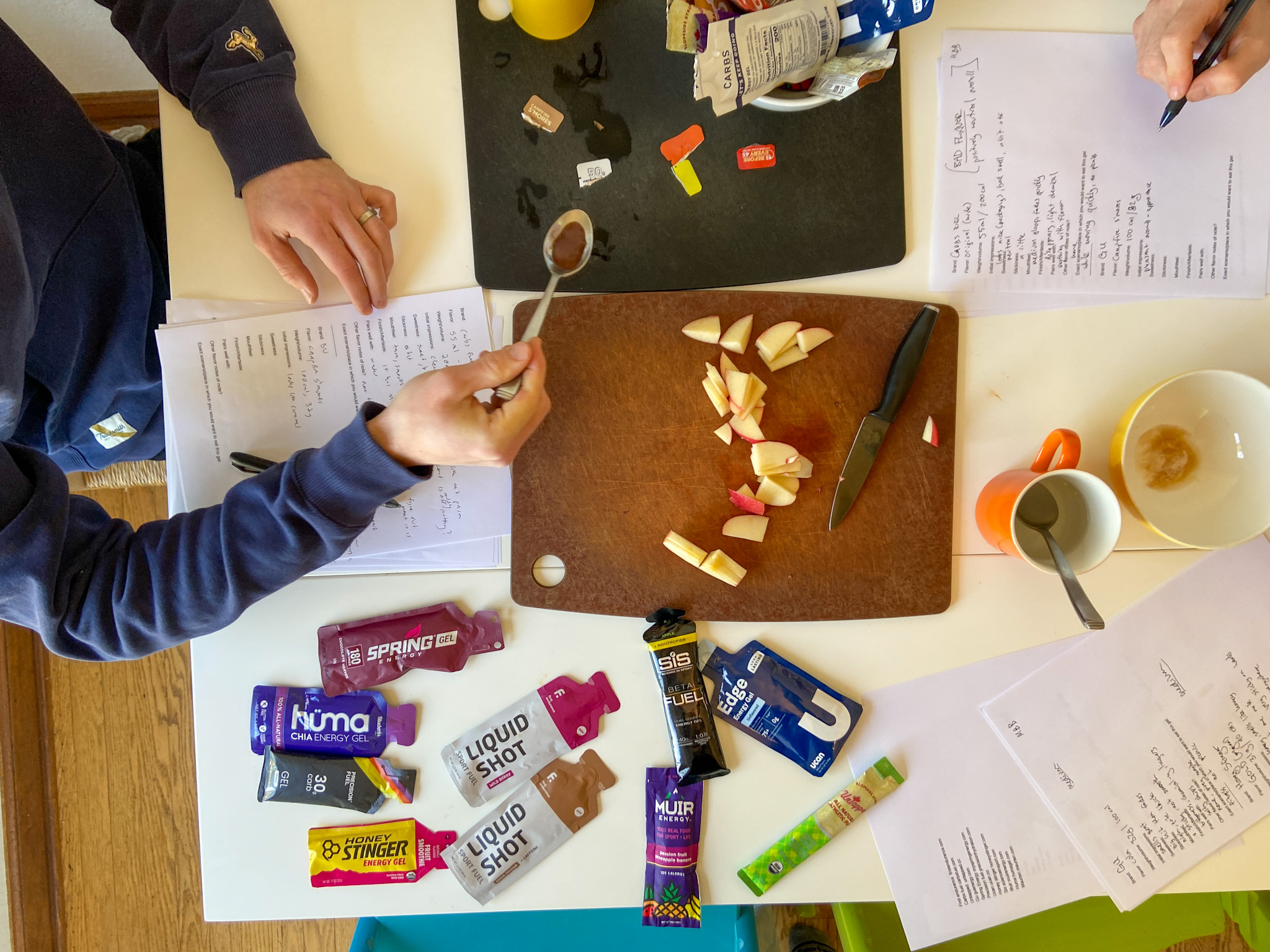
For the testing of any energy products, we always aim to use contributors or members of the Cycling Weekly team who are highly experienced and have a strong gut. This usually means using racers or those who have been using energy products for a number of years to ensure that if something really doesn’t work, we know it can be isolated to the formula rather than the consumer.
Our first port of call with any energy product is to do a straightforward taste test. This will see us isolate and evaluate each gel for overall flavour, consistency and mouthfeel, sweetness, and if there is any aftertaste. We also noted any additional impressions we had about each, such as how easy the packet is to open and extract the contents. Between each gel, if testing back to back, we will always use a palette clenser such as an apple slice.
The second step is then to put the gels to the test on the bike. It is, of course, hard to scientifically analyse the effect each gel has on a particular individual; however, our testers may comment on whether they feel the gel wasn’t effective for them or held them back in any way. On-bike testing is beneficial for really putting flavour and palatability to the test, and it is primarily what this testing is used for.
Meet our testers
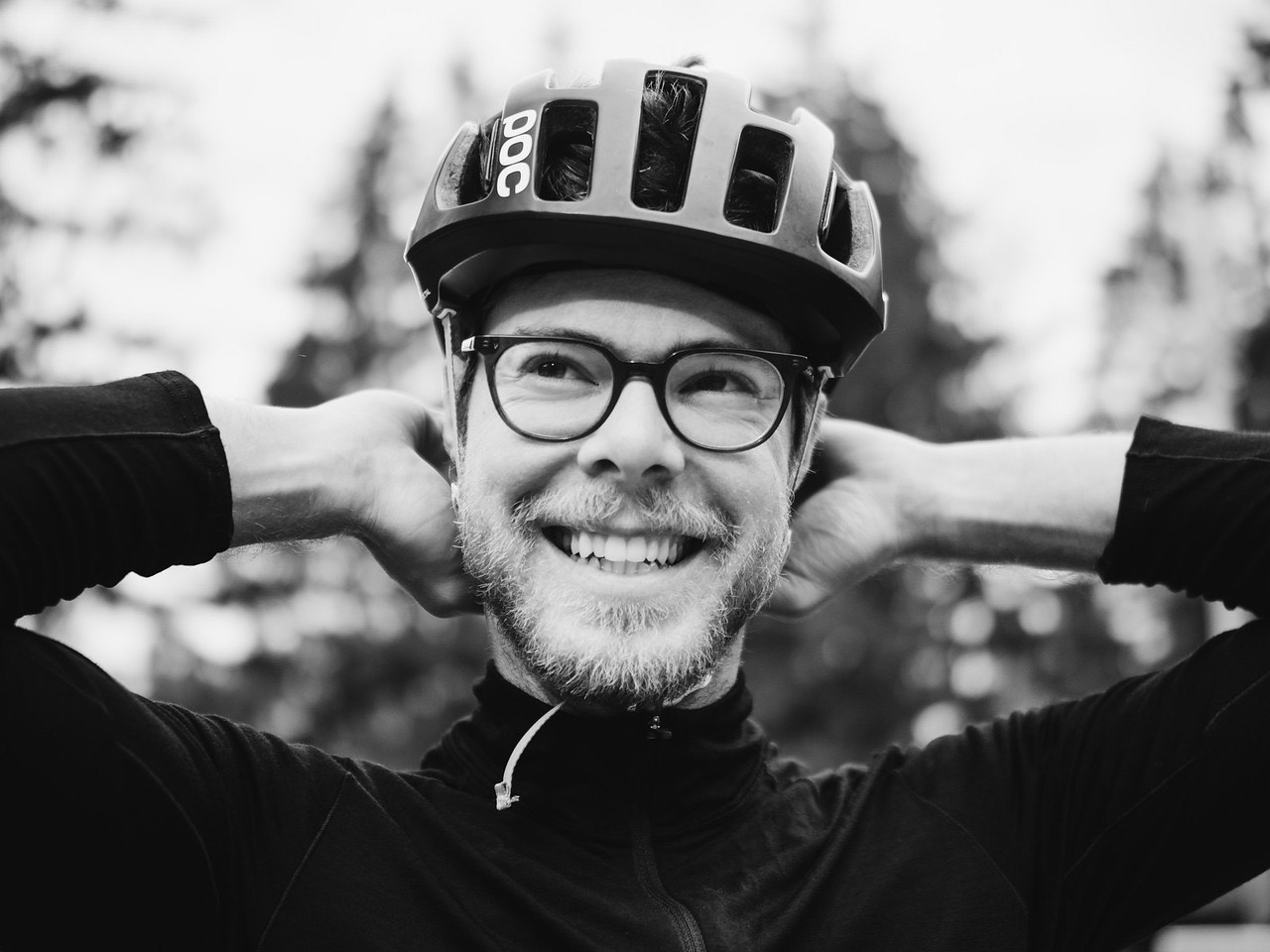
Tyler Boucher is at heart a bike racer, despite not always finding much time these days to get to many. Based in Seattle, Washington, in the Pacific Northwest, you will more likely spot Tyler piloting a cargo bike than a cyclocross bike. However, Tyler still enjoys pushing himself and with less time to train, he relies heavily on his fueling strategy to satisfy his need for going hard on the pedals. Tyler’s detailed approach to grouptest also makes him ideally placed to find differences in a category as vast and as incremental as energy gels.
Frequently asked questions about energy gels
How many energy gels should I consume?
Energy requirements vary between individuals, increasing with intensity. The general rule of thumb is to feed yourself with one gram of carbohydrate per kilo of body weight, each hour – so a 60 kilogram individual should aim for 60 grams an hour, while an 80kg rider would need around 80g.
Consuming too much carbohydrate means it'll be surplus and go to waste – however, some manufacturers mix their glucose with fructose (fruit sugar) – and research has shown that this can increase absorption to 90g an hour.
Some gels come with additives such as caffeine. Studies have shown that caffeine can boost performance when administered in the correct dosage - but the milligrams per average cup of coffee can vary wildly. The amount in a gel will always be uniform and thus dosage can be properly tailored to requirement.
There's one other really important thing to remember: make sure you take your empty packets home. Cycling Weekly is fed up with seeing discarded used gels out on the lanes, even if they accidentally fell out. Let's leave no trace when we go out riding.
How long do energy gels take to kick in?
This will vary from person to person. We all absorb carbohydrates at different rates but regardless of this the process is the same.
It starts with amylase. It's an enzyme that's found in your mouth and whose job it is to break down the more complex carbs found in the gel. After this another enzyme, pancreatic amylase, takes up the slack as the gel moves into your small intestine. After that it's down to transporter proteins found in the gut. They absorb the glucose and other sugars, helping to pass them into the blood stream.
Fortunately gels are designed to act quickly, delivering you the energy you crave in quick time - this could translate to a few minutes for some or perhaps 15 minutes for others.
There are usually simple sugars in there, alongside the more complex carbs like maltodextrin, which don't require enzymes to break them down before they're absorbed by the gut, giving you a mix of a quick sugar rush and a longer energy flow from the more complex carbs.
What's the difference between energy gels, drinks and bars?
There's plenty of talk around fueling your rides with fat or even adding protein – but most nutritionists still argue that, during exercise, carbs are king. You'll need to top up your carb stores on rides over 90 minutes; anything shorter and your body can usually sustain itself on existing reserves.
The best energy bars, gels and drinks all provide carbohydrates and all three products have their place. If you're unsure of what you should be eating and drinking to best fuel your rides you can also check out our guide to nutrition for cycling.
Energy drinks are the quickest to be absorbed but are designed for repeated 'top ups' via regular sips. The 100-200 calories and approx. 20g of carbohydrate per sachet will be spaced out over the hour-plus it takes you to get through a bottle. As a sweet bonus, they contain added electrolytes to replace those lost through sweat.
Gels, meanwhile are the second quickest to be absorbed but are taken in doses – delivering up to 100 calories in one go, making them ideal for a quick surge when you need it.
Energy bars are usually slower release – but require breaking up and chewing and washing down with water, so they're best for Zone 2 endurance rides.
The latest race content, interviews, features, reviews and expert buying guides, direct to your inbox!
Like many, Matt began his bicycle industry journey on the spanners at his local bike shop. After spending his youth mountain biking, he was inspired to embrace gravel during his tenure with Evans Cycles' in-house brands, Pinnacle and Hoy Bikes. Recognising the evolving industry, Matt eagerly seized the chance to become an E-bike designer, winning several awards with the E-bike brand Cairn Cycles.
These days, Matt is likely to have a toddler sitting shotgun or off the beaten track somewhere on the South Downs.
- Tyler BoucherFreelance Writer
